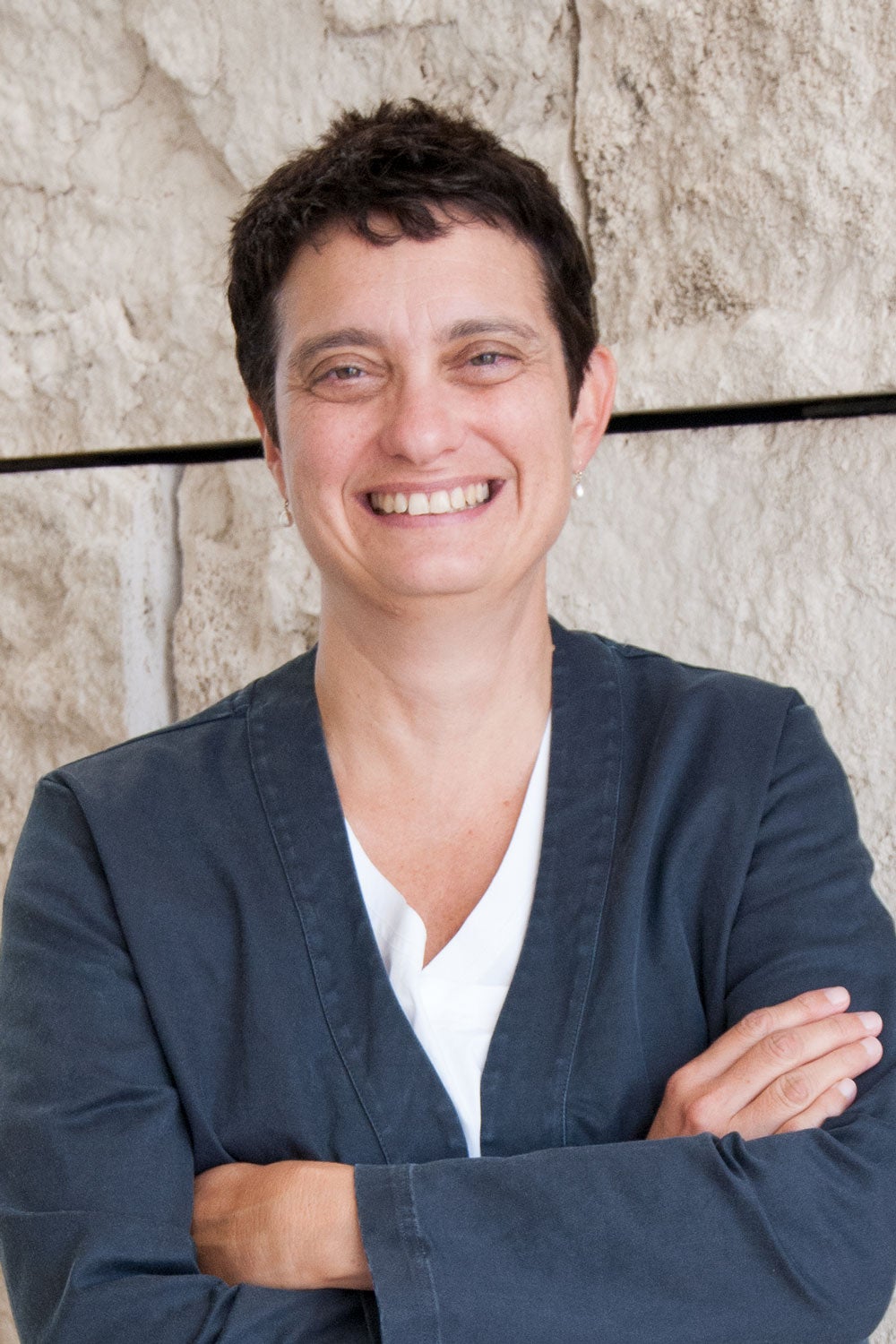Scholar, curator and educator Susan Dackerman has been appointed the John and Jill Freidenrich Director of the Cantor Arts Center at Stanford University, one of the most visited university museums in the country. She will join the staff on Sept. 18.

Susan Dackerman (Image credit: Rebecca Zamora)
Dackerman’s contributions to art scholarship and museology are numerous. In addition to organizing exhibitions and writing about art and its histories from the Renaissance to the present, Dackerman also is committed to refining the role of the university museum. In her various museum positions, she has been a liaison between academia and the museum and developed programs for integrating academic work into the galleries, museum publications and public events. In addition, she has devised a program for training graduate students in the production of museum-based scholarship.
“We are thrilled to have Susan Dackerman joining us as the new director of the Cantor Arts Center,” said Harry J. Elam Jr., vice president for the arts at Stanford. “Through her exceptional knowledge of and excellent track record within the world of university arts museums, Susan brings to Stanford a truly distinctive perspective. She is the right person to lead us in this exciting new period in Cantor’s history.”
Said Dackerman about her new role, “The Cantor is one of the most important university art museums in the country, and with Stanford’s commitment to the arts and humanities, it has the potential to produce exhibitions and programs that are models for other museums.”
Most recently, Dackerman was a Getty scholar and consortium professor at the Getty Research Institute in Los Angeles, where she has been working on a book about the materiality of the German Renaissance artist Albrecht Dürer’s prints. While at the Getty she also completed Jasper Johns: Catalogue Raisonné of Monotypes (Matthew Marks Gallery and Yale University Press), with Jennifer Roberts, for publication this fall.
Prior to her work on the West Coast, Dackerman was the Carl A. Weyerhaeuser Curator of Prints at the Harvard Art Museums from 2005 to 2015 where she participated in the planning for the renovation of the building and galleries, as well as the reconceptualization of the role of the art museum on a university campus. She also organized two major exhibitions while there, Prints and the Pursuit of Knowledge in Early Modern Europe (2011) and Corita Kent and the Language of Pop (2015). Both were projects that deployed collections and resources from across Harvard’s campus.
“Susan brings a strong record of developing memorable, award-winning exhibitions. She knows how to recognize a good idea and to bring it out, see its potential and turn it into something special,” said Alexander Nemerov, chair of Stanford’s Department of Art and Art History and a member of the search committee. “I really look forward to working with her.”
Matthew Tiews, associate vice president for the arts at Stanford, added, “We are struck by Susan’s thoughtfulness and perceptivity about the future of museums and the role that university institutions can play in forging that future. We are excited to have her with us at Stanford and very much look forward to the Cantor’s next phase under her leadership.”
Dackerman studied art history at Vassar College, where she earned an AB in 1986. She attended graduate school at Bryn Mawr College, earning a PhD in the history of art in 1995. It was during a graduate school internship that she knew she wanted a career in museums. She recalls, “It was as an intern at the Fogg that I realized it was possible to make scholarly work and ideas available in a public forum.”
After graduate school she landed her first museum job as an assistant curator at the Baltimore Museum of Art, where she organized her first major exhibition, Painted Prints: The Revelation of Color in Renaissance Woodcuts, Engravings and Etchings (2002).
Dackerman will join fellow Stanford arts organization leaders Jason Linetzky, director of the Anderson Collection at Stanford University, and Chris Lorway, executive director of Stanford Live and Bing Concert Hall, in the university’s arts district, as well as collaborate with Stanford faculty and staff across campus.
“One of the advantages of developing museum projects at a great university is the resources at hand – the expertise of the faculty, curators and librarians; collections of art, books and archives; and platforms to openly engage and discuss ideas,” said Dackerman. “I look forward to working across disciplines and schools at Stanford to develop ambitious and collaborative exhibitions, publications and programs, including the chance to develop technological means to these ends.
“The Cantor is poised to be a leader among university art institutions, as well as a destination for exciting and engaging visual arts programming in the Bay Area. Stay tuned for what’s to come.”
Media Contacts
Robin Wander, University Communications: (650) 724-6184, robin.wander@stanford.edu